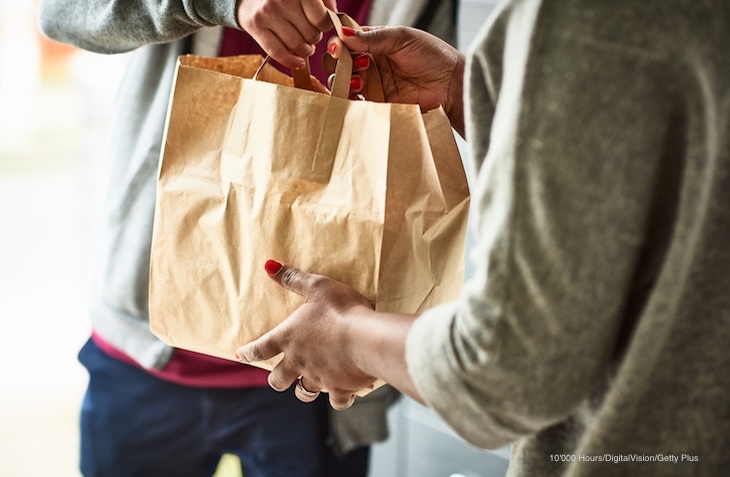Because of the coronavirus pandemic, many restaurants in America are closed. While experts believe this virus isn’t transmitted through food, many foods can contain pathogenic bacteria that can make you very sick. Some of those facilities are still offering takeout and delivery service. Do you know how to identify unsafe restaurant foods? After all, restaurants are the most common source of food poisoning outbreaks.

Before you order, check out restaurant inspection scores at the health department website in your state or county. Not all states post these inspection results, but many do. Avoid ordering food from any restaurant that has poor inspection results.
Always order food that is cooked to a safe final internal temperature. Some foods, including ground meats, chicken, poultry, seafood, and eggs can make you sick if they aren’t properly cooked. E. coli outbreaks have been linked to undercooked ground beef. Salmonella outbreaks have been linked to chicken and eggs. You should not eat ground beef cooked less than well done, or any poultry, including ground poultry products, cooked to less than 165°F. Eggs should also be cooked until the yolk is firm.
While color isn’t necessarily an indication of doneness, if you do see some pink in chicken or turkey, or ground beef, consider reheating it or don’t eat it at all.
If the food is lukewarm when you pick it up or when it gets to your house, reheat it. A delivery person may be making several stops, and your food may have been out of refrigerator or the oven for some time. All foods should be reheated to 165°F as measured with a food thermometer. Any foods that are between 40°F and 140°F can make you sick, since bacteria grows rapidly in that temperature range.
Don’t order foods that use raw or undercooked eggs, such as Caesar salad, custard, and hollandaise sauce. You can ask when you order if the restaurant uses pasteurized eggs when they prepare their food; those products should be safe.
When you get the food, transfer it to another container to avoid COVID-19. Discard the container, then wash your hands well with soap and water for at least 20 seconds.
After you are done eating, refrigerate food promptly. All perishable food should be refrigerated 2 hours after it is done cooking. Be aware that delivery time is going to cut into this time frame. Don’t put takeout containers in the fridge; transfer the food to a shallow container and refrigerate or freeze. And if you are going to eat those leftovers, again, heat to 165°F.
Now that you know how to identify possible unsafe restaurant foods, you can feel more confident about ordering take out and how to keep your family safe.




